 Icelandic Culture
Icelandic CultureTraditional Icelandic Food
For all of the people who are flocking to Morocco or France for a culinary experience, we have something to tell you. Iceland is now taking over the culinary world. The Icelandic food scene has exploded from Michelin Star Chefs to delicious farm-to-table restaurants. All of these amazing places have one thing in common, traditional Icelandic food. Some feature it directly on the menu while others infuse it and take it to the next level. Either way, Iceland provides some of the freshest locally sourced ingredients. Let’s go over what falls in the Traditional Icelandic Food category and the history of how it became a tradition. Prepare to have a growling stomach and a plane ticket suddenly booked for Iceland after you are done reading about these unique and mouth-watering dishes.
For all of the people who are flocking to Morocco or France for a culinary experience, we have something to tell you. Iceland is now taking over the culinary world. The Icelandic food scene has exploded from Michelin Star Chefs to delicious farm-to-table restaurants. All of these amazing places have one thing in common, traditional Icelandic food. Some feature it directly on the menu while others infuse it and take it to the next level.
Either way, Iceland provides some of the freshest locally sourced ingredients. Let’s go over what falls in the Traditional Icelandic Food category and the history of how it became a tradition. Prepare to have a growling stomach and a plane ticket suddenly booked for Iceland after you are done reading about these unique and mouth-watering dishes.
History
Before we dive into the good, straight-up weird, and extremely flavorful dishes that Iceland has to offer, we need to talk about their history first. The roots of Icelandic cuisine came from the neighboring Scandinavian nations. When Iceland settled back in the ninth century, Nordic culture also came over with the settlers. First Icelanders were dependent on subsistence farming. This means there was enough food to feed the families but not a whole leftover to sell. Then an Ice Age hit and farming was put on a strong hold. It did, however, make a comeback in the 19th century.
This was when Danish Culture was making a hit in Iceland. It influenced a lot of dishes, even today, providing a mix of Icelandic and Danish flavors. Then in the 20th century, the fishing market was booming and that upped Iceland’s economy. It also made fish the food of the country and everything started to look up. Today, we have local farmers that provide fresh produce and meat too. While fishermen are still taking advantage of the fresh fish of the salty sea. Everything is hormone-free and downright healthy. Now that you know the back story, let’s go through the delicious and sometimes bizarre, traditional Icelandic food that is still on menus today.
Icelandic Fish
Since Iceland is an island you can bet your bottom dollar that they have some of the freshest fish around. Fish was a staple in Iceland for all of the time it existed. This is due to the endless places to catch them. In addition to the ocean on each side of the island, there are also streams, lakes, and rivers. Fishing was also one of the main ways that the first settlers in Iceland fed themselves and their families.
So what fish are the most popular? The number one fish that you will see on a traditional Iceland menu is the Atlantic cod or Gadus morhua. It is the “most important marine resource” in the waters found in Iceland. The economy of Iceland has depended on it since the 19th and 20th centuries. Some classic and common dishes with Atlantic Cod are a lemon seared version or even a cod stew, yum.
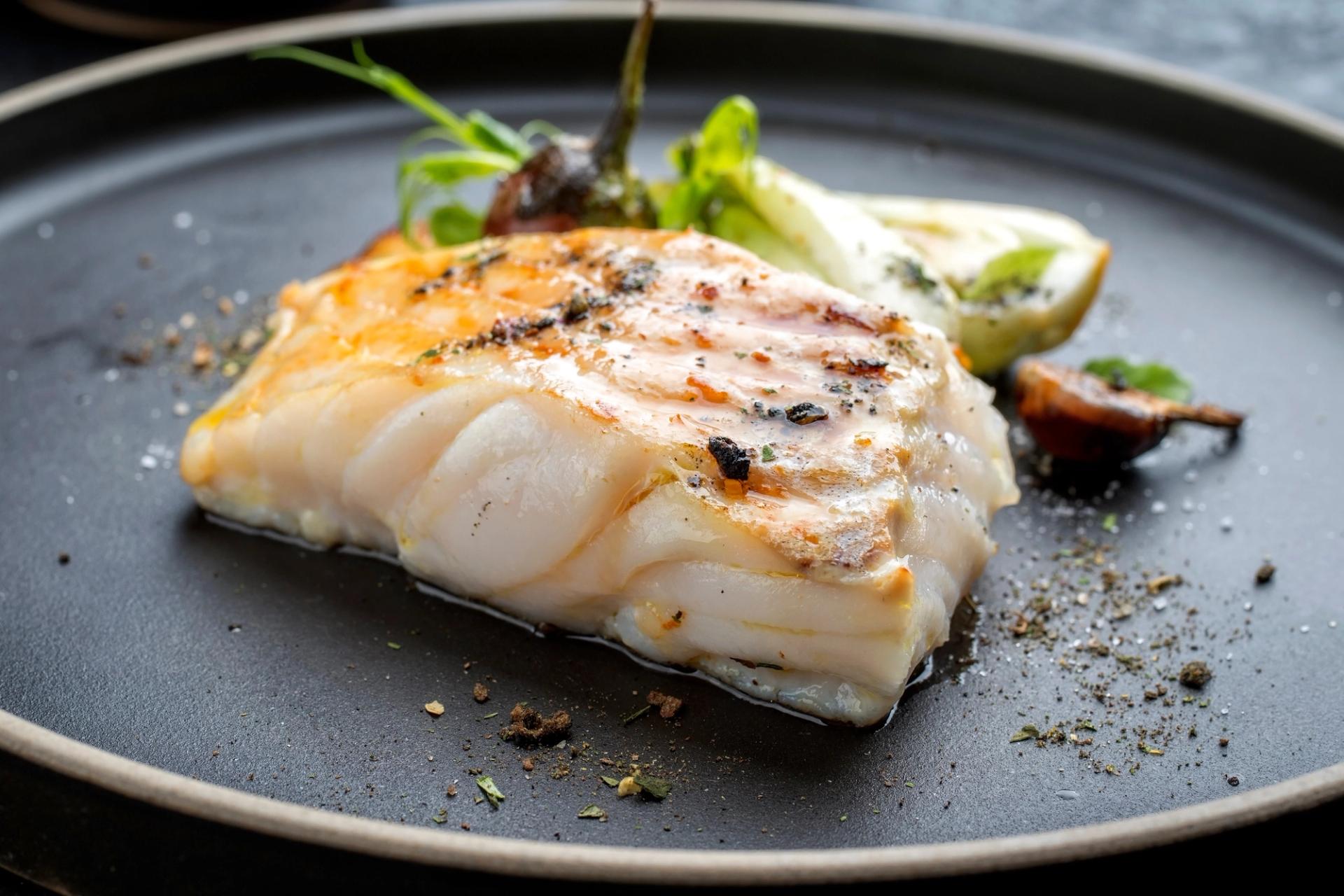
Haddock or Melanogrammus aeglefinus is another front runner. This fish is known for being a very large cod. It is also common in the Icelandic waters, especially near the seabed. It is notorious for its flaky and delicate texture. It is a very popular dish because it can be cooked in many different ways, so chefs can get pretty creative with it. An example dish would be a curry rub with fresh and juicy pineapple.
Norway Lobster, in English, or Humar in Icelandic, is another appetizing option. It is commonly known as Atlantic shrimp, scampi, or langoustine. Even though it is not technically a fish, it is certainly a yummy crustacean. The Icelandic Lobster is very tender and also expensive. Icelanders eat it when celebrating or going to a fancy dinner. This rare treat is best served with warm butter, lemon, bread crumbs, and more.
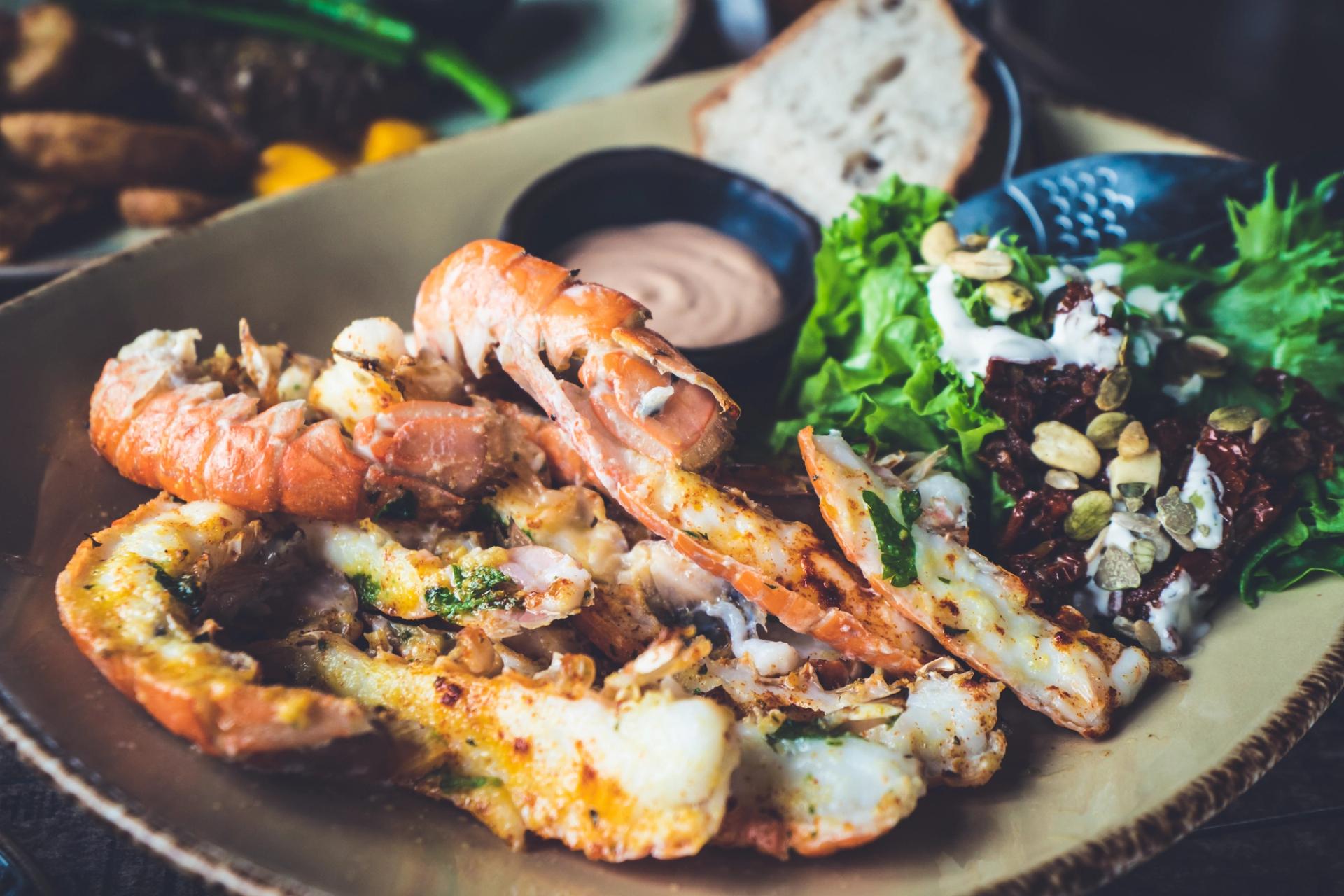
Sometimes you will find some or all of these fishes in one nourishing stew. Also known as Plokkfiskur. The stew traditionally consists of one or more white fish, potatoes, yellow onion, milk, butter, salt, and wheat flour. You will find many unique spices added depending on where you go. This can include curry, chives, bay leaves, and even bearnaise sauce. There are so many different varieties of this dish. The “Classic” version is cooked in a pot while the “Plokkfiskur Deluxe” is baked in the oven. The dish was created way back in the day when settlers would combine all of their leftovers into this bowl of joy. This way none of the food could go to waste. We are so happy with whoever mashed these genius flavor combinations together. Iceland’s menus would not be the same without it.

Pylsa
In our opinion, Iceland has some of the most mouth-watering hot dogs in the world. Yes, it is a common American food found at sporting events, BBQs, and New York City. But, the freshness of the Icelandic Hot Dog is out of this world. In Iceland, this dish is known as Pylsa or Pulsa instead of the common word hot dog. Why is it so unique you ask? Well in a world of processed food, Iceland does it a little differently. The hot dogs are made from lamb with a bit of pork and beef. It is not any lamb either, they are grass-fed, hormone-free, and free-range lamb. The sheep come from local farmers in the Icelandic countryside, where they have an endless amount of land to roam around on.

Photo was taken by: hey tiffany!
Now that we broke down what is in the Pylsa, we need to talk about what goes on it. The Icelandic Hot Dog toppings are what take it to another level. This includes two types of onions, white raw onions, and fried crispy onions. Then you have ketchup and pylsusinnep, which is a sweet version of brown mustard. Then add on the remoulade sauce, which consists of mayo, mustard, capers, and various herbs. This is all topped on the hot dog which sits in a warmed-up and steamed bun. Some places even grill the bun right up for you if requested. If all of those toppings sound good to you then make sure to say “Ein með öllu” which means “One with everything” in Icelandic.
Where can you try these famous dogs? The most popular place is located in downtown Reykjavik. Bæjarins Beztu Pylsur is a hot dog stand that has become a tourist destination of its own. They have been open since 1937 and have drawn many visitors since. This even includes some celebrities such as Metallica and Bill Clinton. Two very different people who both enjoyed the stand.
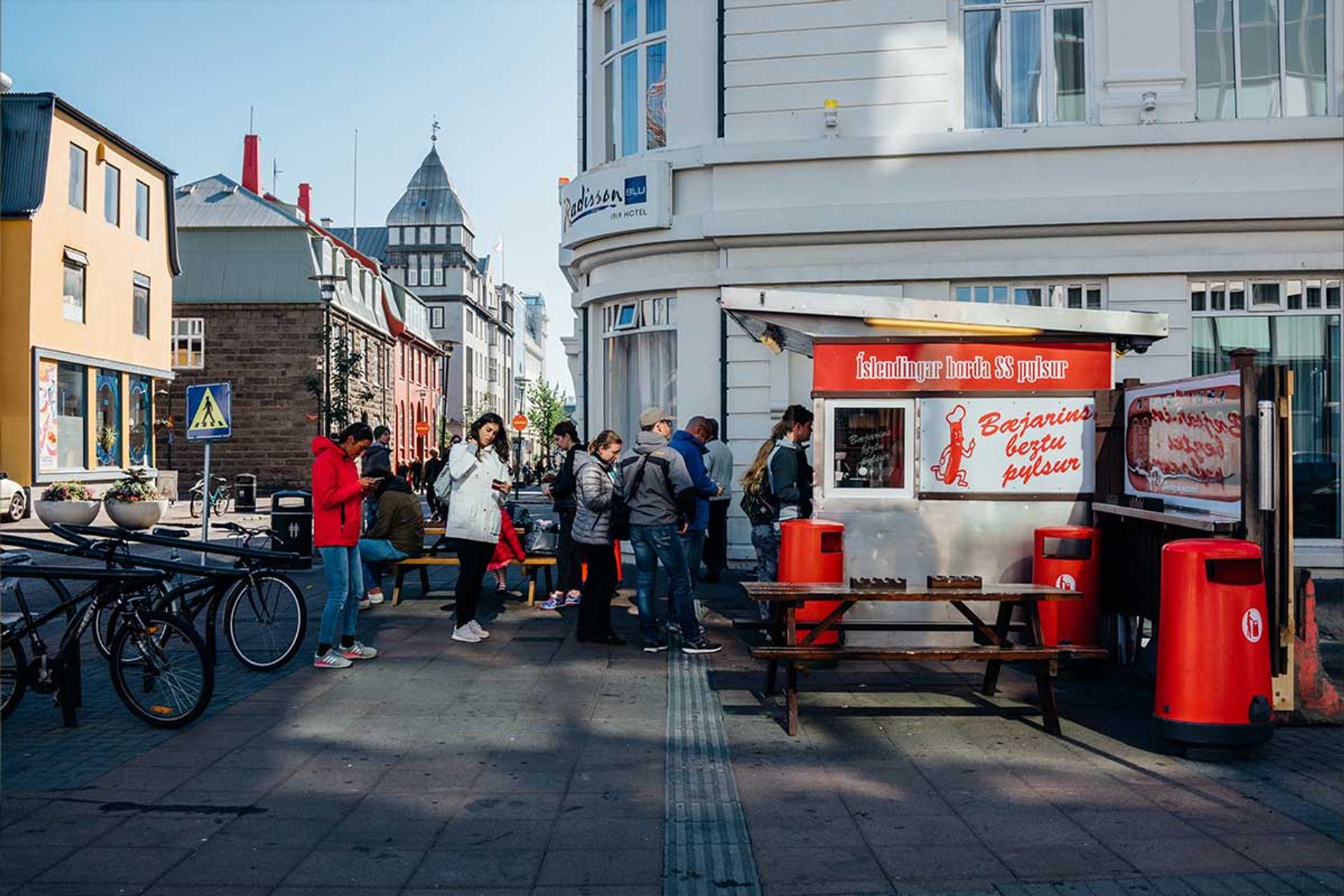
Photo was taken by: Premshree Pillai
If you can’t make it to downtown Reyavik that is alright! Another common spot to try a yummy hot dog is at the gas station of N1. This gas station chain is located throughout Iceland and let me tell you, it is worth the stop. This is not your average gas station hot dog that is left out for days on end. N1 cooks up the dogs right in front of you and they are also very affordable. The average price is 400 ISK, about $3.00 US. So what are you waiting for? Stop by any of these spots to try your very own Pylsa.
Svið
Now that we discussed some of Iceland's more normal dishes, let’s switch gears and learn about Svið. This traditional Icelandic dish is a sheep's head that is cut in half. The fur is taken off and then boiled, with the brain removed. It is then sometimes flavored in lactic acid. Then topped off with mashed turnips or mashed potatoes. We are completely aware this is not a normal dish. But let’s learn about how it became a traditional Icelandic meal. Svið came about when people couldn’t afford any part of a slaughtered animal to go to waste. So, the Icelandic people got creative with how to serve it. It was added to þorramatur, which is a buffet-style setup of different Icelandic foods. You could try þorramatur at some of the mid-winter festivals.
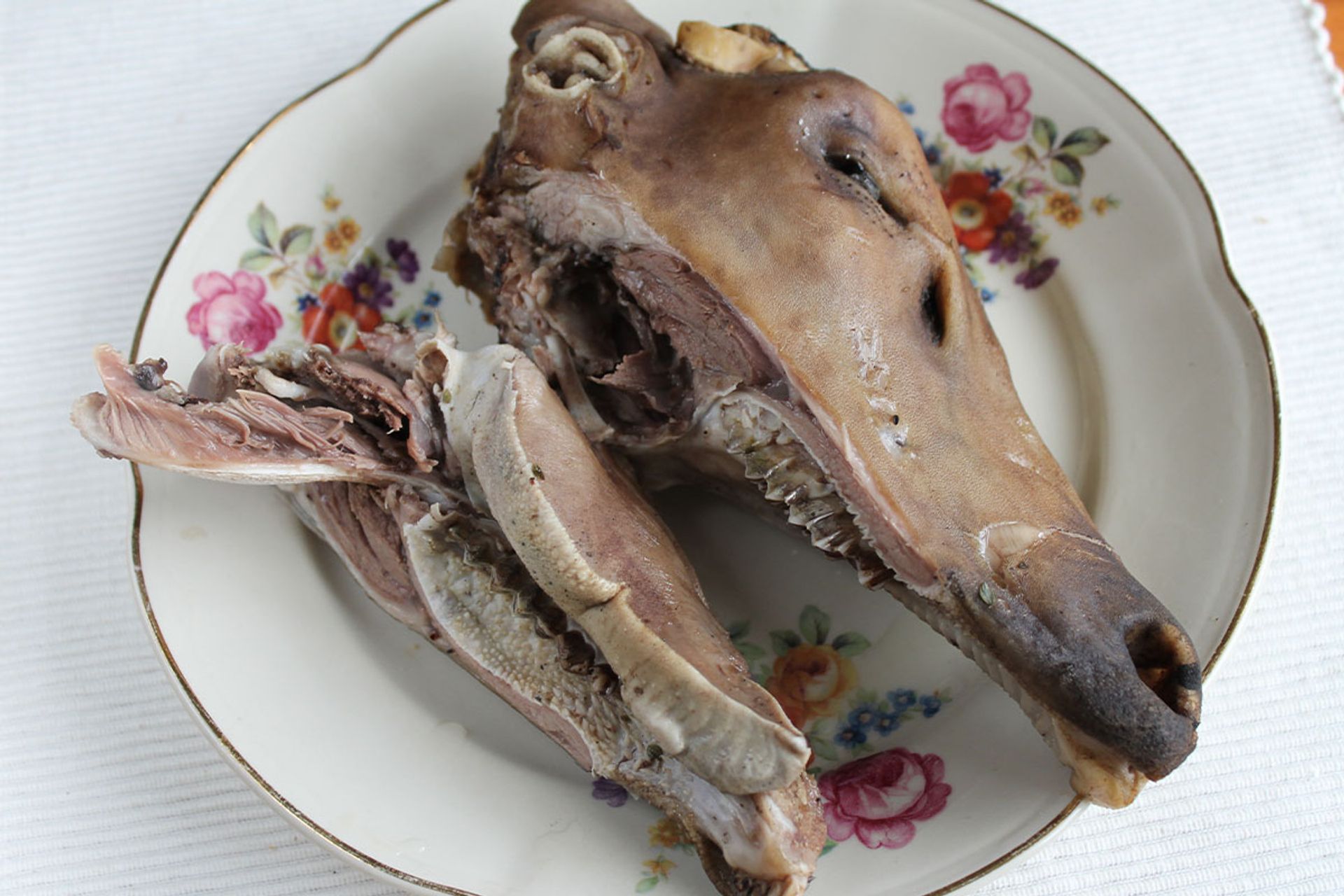
Svið is not recommended for safe eaters. It is ideal though, for adventurous foodies. If you are still interested, then keep reading! Because we are going to tell you how to eat it. The head has a bunch of unique textures and flavors. The meatiest piece of the head is the cheek. The cheek has a typical taste of mutton, as well as the same texture. The tongue is where it gets a bit weird. It provides a chunk of muscle to the table. Then we finish with the eyeball, which provides a “pop” when it is squeezed into your teeth.
There are a few different foods you would see accompanying Svið at a festival. This includes blood pudding, wind-dried fish, seal flippers, fermented shark, and ram testicles. It is probably the weirdest buffet you will ever have, but the Icelandic Vikings really did and sometimes still do, enjoy it.
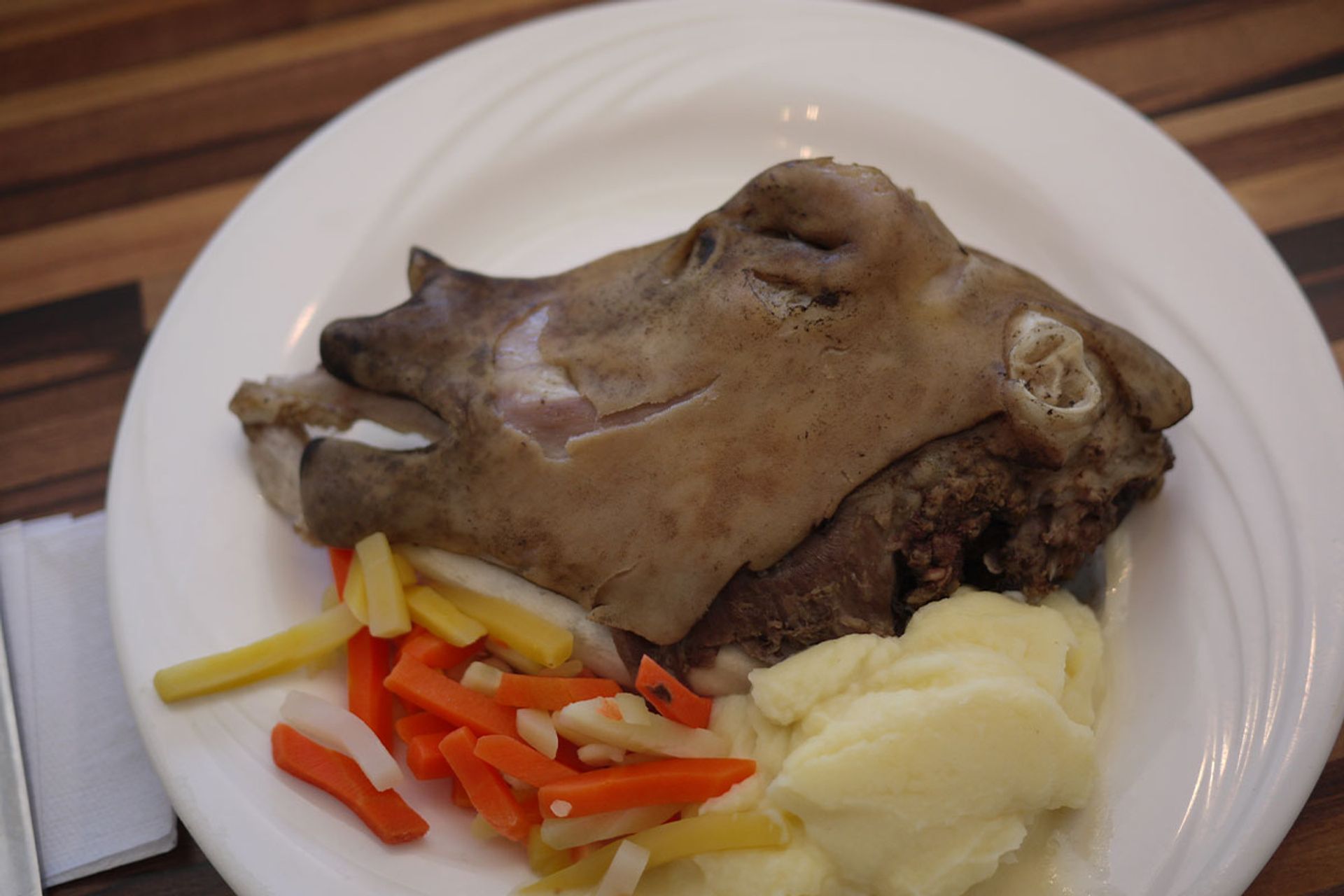
The photo was taken by: WhatsAllThisThen
Hákarl
Let’s talk about a national dish of Iceland which is called Hákarl. This dish is a shark, normally from Greenland or a sleeper shark. The shark goes through a fermentation process which includes hanging the fish to dry for four to five months. The smell can be overwhelming for some people since it is very fishy and ammonia-rich. It may also be a little concerning that the nickname of Hákarl is “rotten shark”. So please, try this one at your own risk as it can be sometimes dangerous. If you eat it raw, it'll make you sick. Some people even feel a little bit drunk due to the meat being poisonous. That is why the process takes months to ensure it is dried out enough.
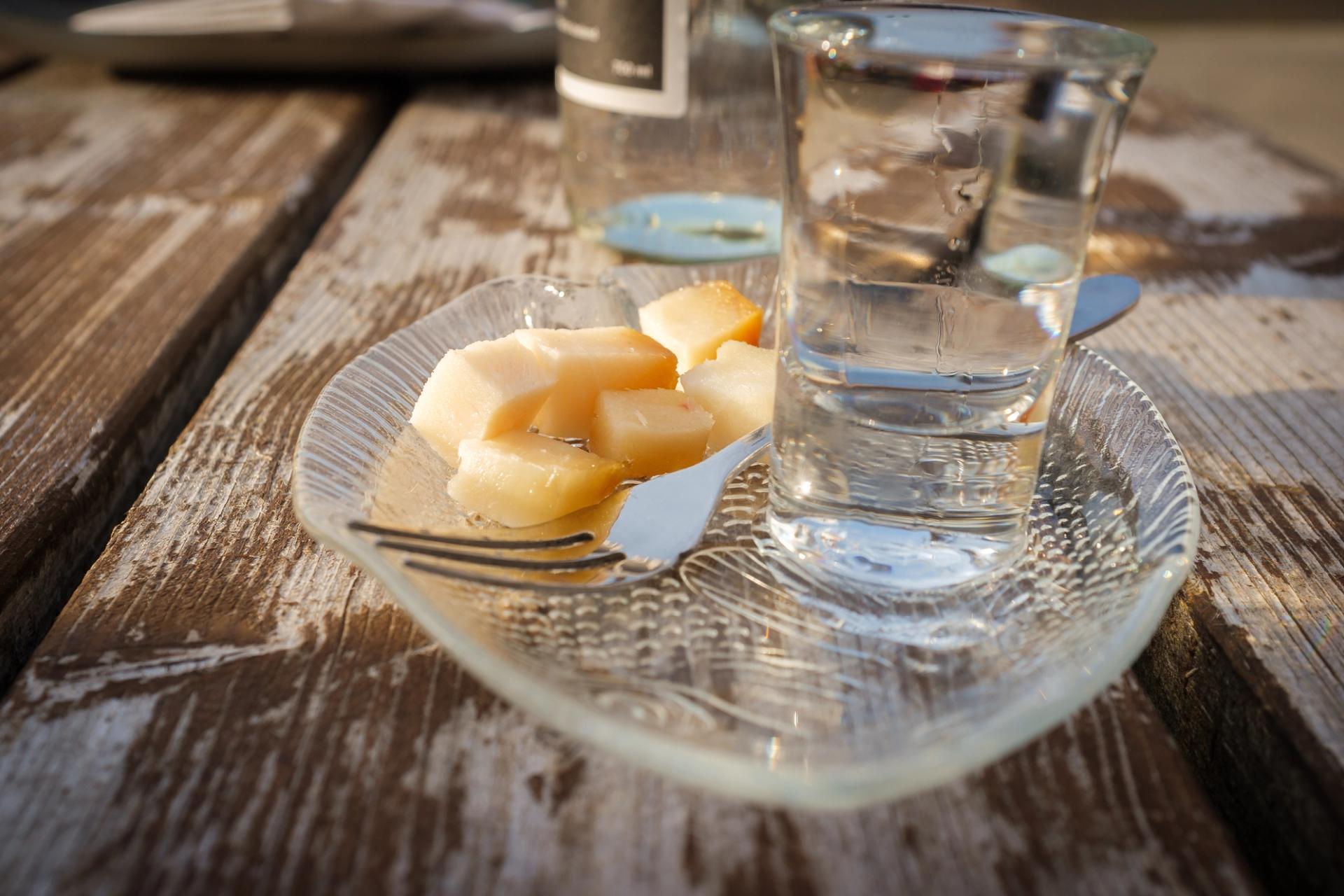
So what does it taste like? Each part is different. The shark's body has a cheese-like texture. Then the reddish meat from the belly is a bit chewier. The flavor is all over the place. It can start as very fishy and mild, to a stronger smell, such as blue cheese. Other people have said it is both sweet and nutty. It is a common opinion that the aftertaste can be described only as urine. While most people may think this is a bit gross, it isn’t. It is actually a delicacy in Iceland. For holidays or special occasions, Icelanders give their all to try to find some to bring home.
Still, want to try Hákarl out? You totally can by visiting Bjarnarhöfn. The Bjarnarhöfn Shark Museum in Snæfellsnes is the only shark museum in Iceland. Here they will teach all about the fermentation process during a personal guided tour. After the tour, you can try dried fish ‘jerky’, shark liver oil, or pungent petrified shark meat.

Hunting Sharks is a controversial and sensitive topic for visitors. It is a normal dish for Icelanders, while tourists may view it as downright cruel. In the 18th century, the sharks were hunted for their oils and liver to fuel lamps. In 1960 the oil demand began to decline, making the sharks less hunted. Today, these sharks are rarely caught intentionally. The shark meat normally comes from accidental catches in other fisheries. That being said, just one shark ends up feeding an average of 10,000 people. Most Icelanders do not condone the hunting of sharks which is why most visitors do not mind trying a piece or two. The decision is completely up to you.
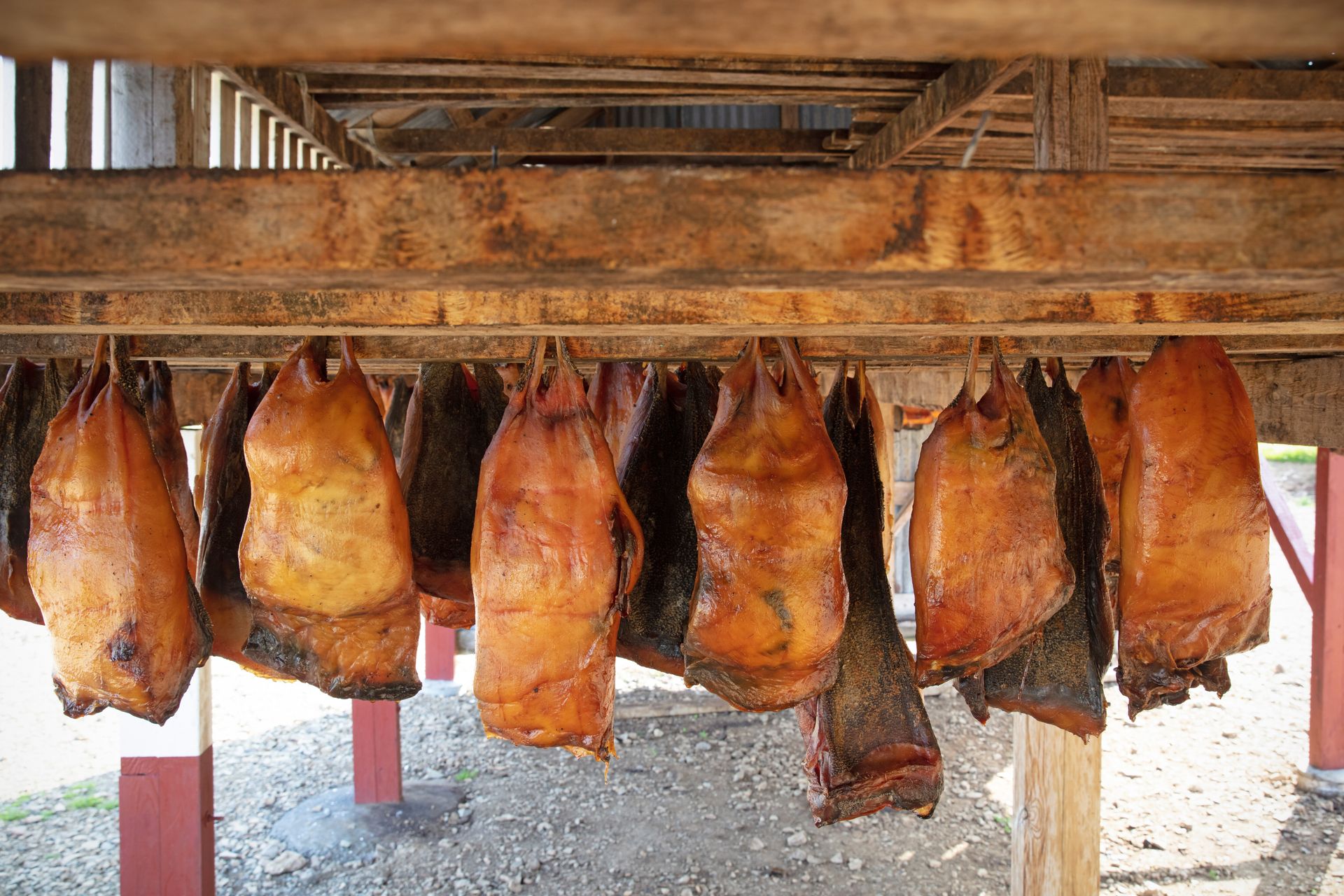
Kleina
Our next traditional Icelandic food dish is a bit more popular and falls in the sweets category. Kleina is a traditional Icelandic donut that was created in the 14th century. This was before ovens and built-up kitchens were even a thing. They were normally made on the stovetop for special celebrations and holidays. These popular donuts are not only famous in Iceland but all over the world. Countries such as Denmark and Norway are a few to name. Iceland does it a little better though, making it a bigger donut than the other countries. They are also deep-fried like the others but instead have less sugar.
These twisted donuts have a few different varieties. They are mainly made from yogurt or milk, cardamom, nutmeg, baking powder, baking soda, and powdered sugar for topping. Basic ingredients were used back in the 14th century instead of butter and expensive items. Since then, it has been carried down through generations and is commonly known as a “Grandmother's Recipe”. Today it is even fried in fat. So where can you find these delicious pastries? They are located in pastry shops all over Iceland. Bernhoftsbakari is a bakery in Reykjavik that serves them fresh daily. Stop by and try this traditional Icelandic pastry! Be warned they are quite addictive and you might need more than one.
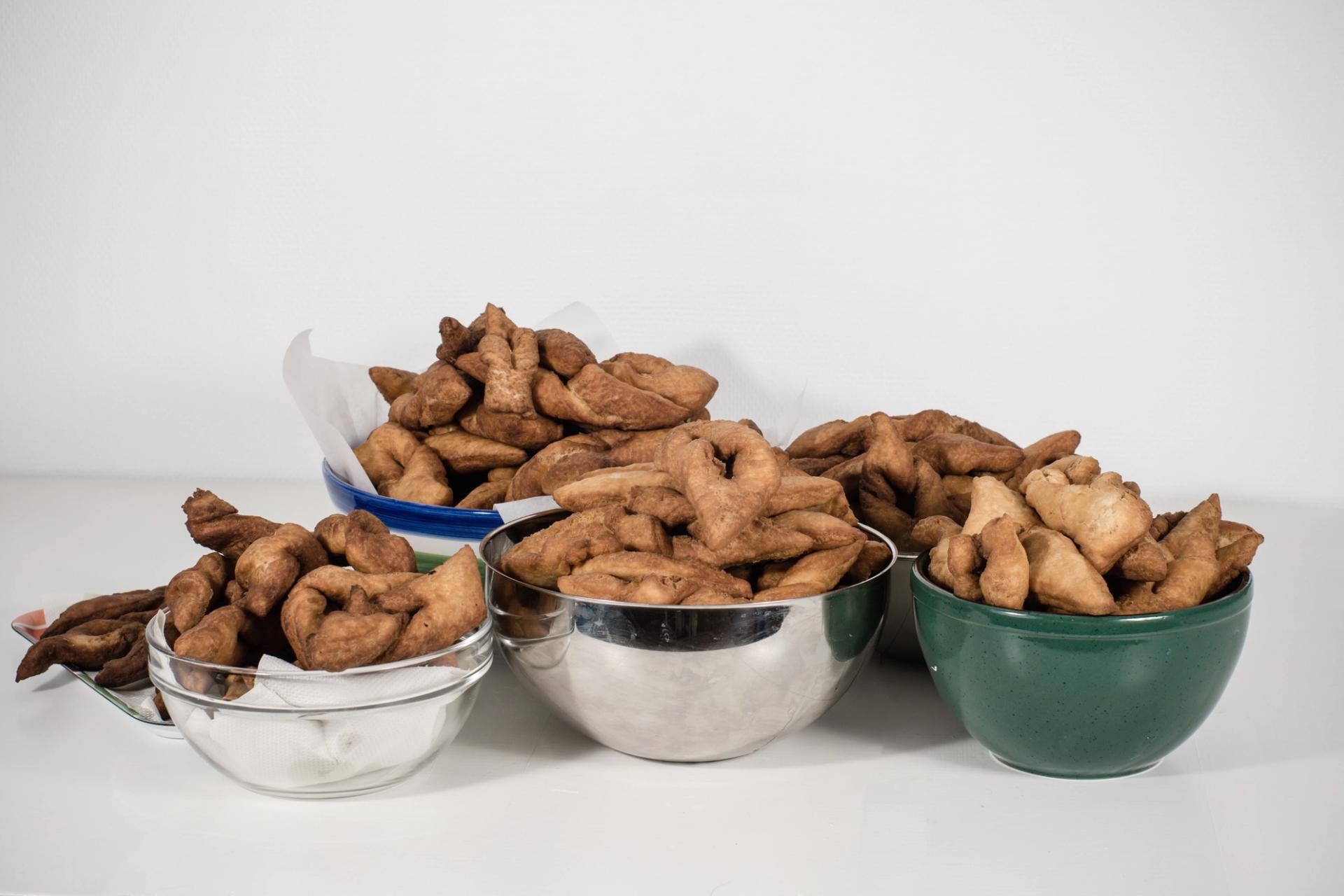
Skyr
On a lighter note, let's discuss the well-known Icelandic yogurt of Skyr. This name may sound familiar since it is also sold in American and European grocery stores. So how did this Icelandic yogurt get so famous? Well, its creamy and thick texture sure does help. It takes almost four cups of milk to make one cup of Skyr yogurt. This makes it extra thick, leaving the watery yogurt for other brands. Icelanders have been making it for over 1,000 years thanks to heirloom Icelandic cultures.

How is this treasure made? It is made using the traditional Icelandic method. First, the milk is heated in a very detailed way until it hits an exact temperature. Then their certified Skyr cultures are added. Which transforms the milk into creamy, thick, and delicious Skyr. Let’s talk about what else is in Skyr. The yogurt is full of protein and free of colors, sweeteners, preservatives, and artificial flavors. The milk they use comes from a family-owned farm in upstate New York. The farm does not use any artificial growth hormones or steroids on their cows. Each cup of Skyr is very nutritious, with up to 17g of protein. There is also less sugar in Skyr than your average yogurt. Icelandic Provisions Skyr contains 11 grams of sugar per flavored cup, which is at least 5 grams or 30% less than 5.3 ounces.
You cannot go wrong with grabbing a Skyr during your road trip. You can find them everywhere in Iceland. From grocery stores to gas stations, it is the perfect grab-and-go traditional Icelandic food.
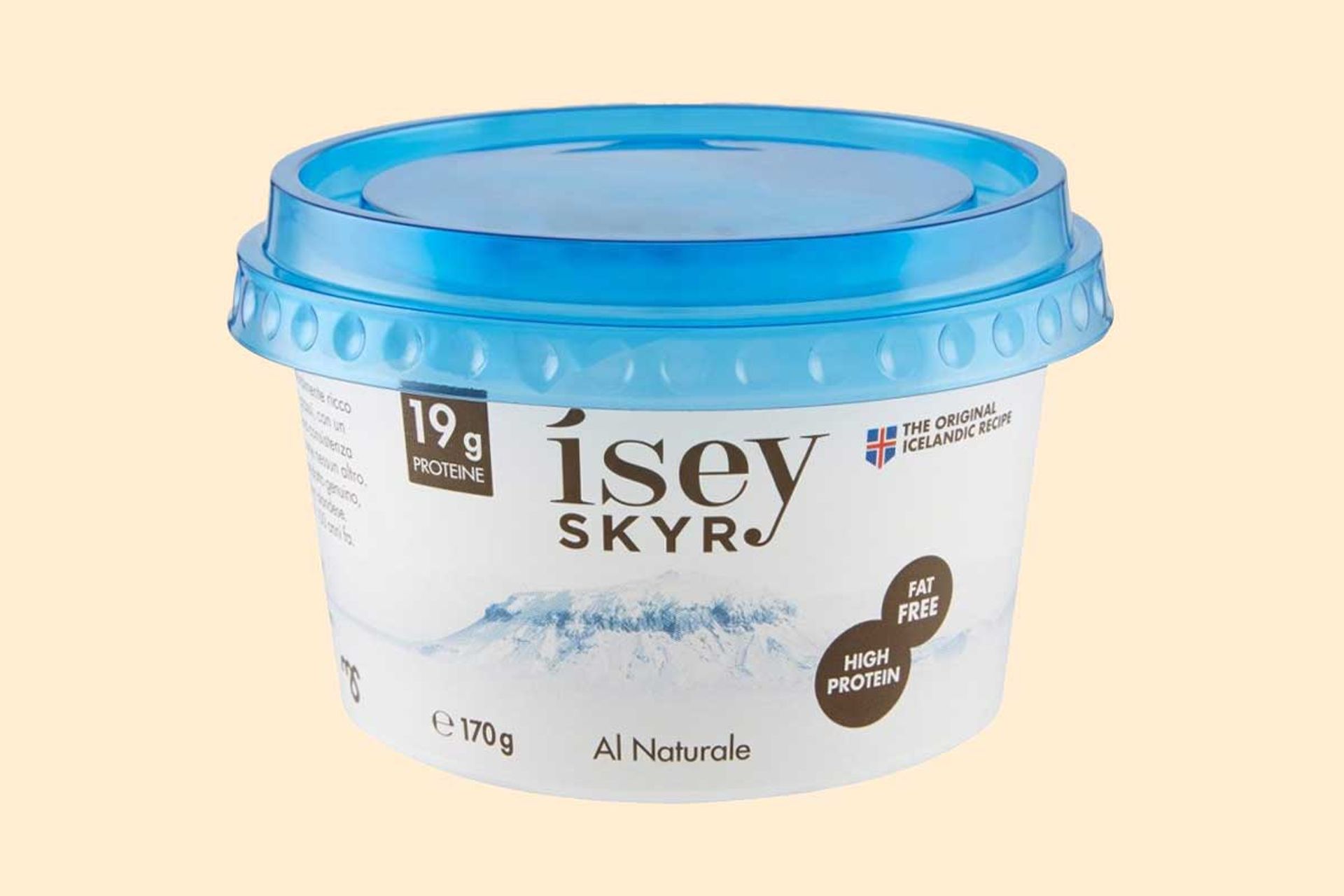
Kjötsúpa
A popular traditional Icelandic dish is Kjötsúpa. This warm and hearty meal is also known as Lamb Soup. It has been served since the year 900 by the Norse Settlers. They brought livestock with them which included sheep. The sheep became one of the reasons they were able to survive during that time. The settlers ate everything on the sheep from the hoofs to the head.
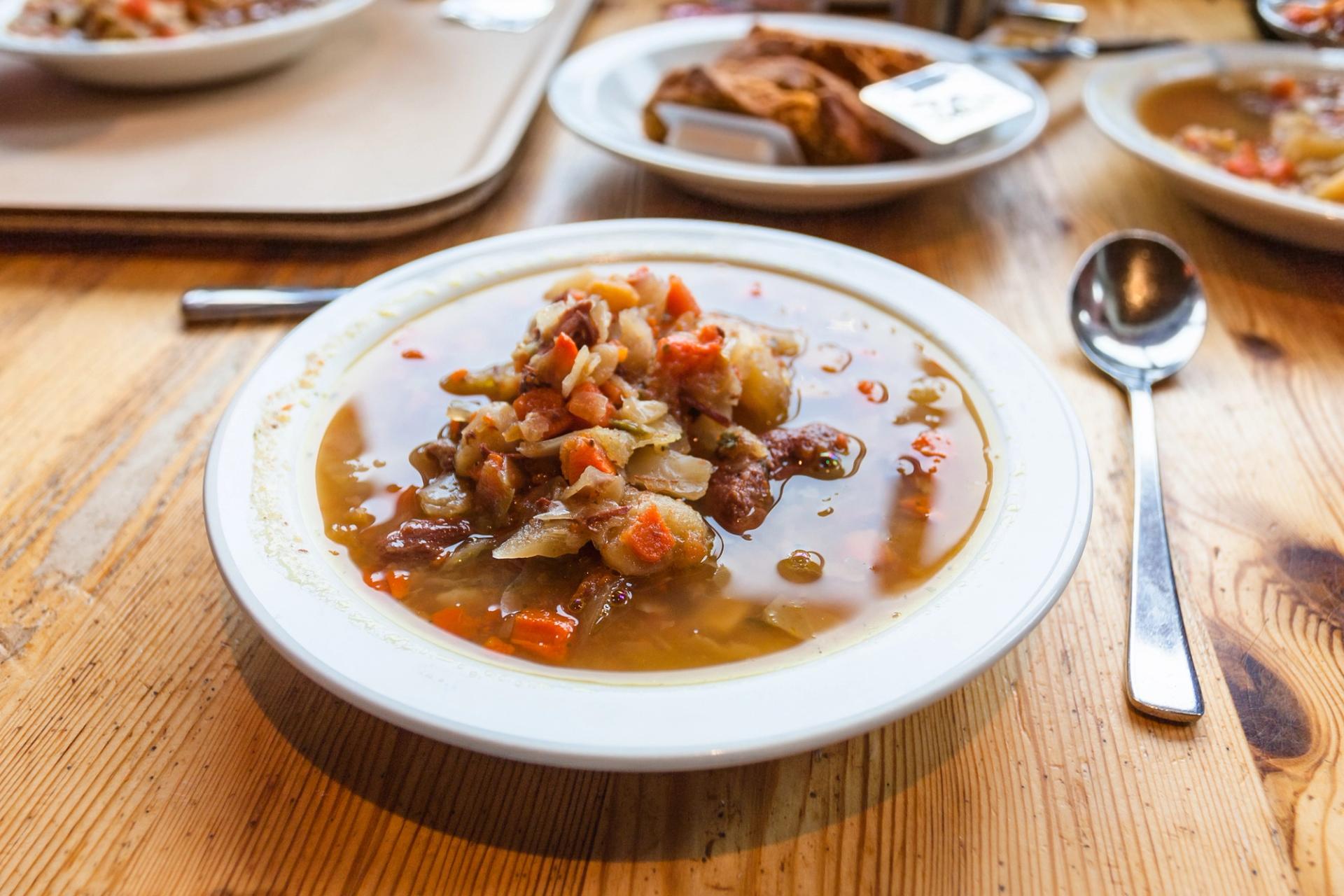
What is in the jam-packed flavorful soup? The meat is a combination of lamb, including bone cuts. Then add in potatoes, onion, carrots, and rutabaga. As well as a bunch of fresh herbs. It is sometimes thickened with rice or even oatmeal. Others will add in leeks or cabbage. Then it is served with a dollop of sour milk. We are getting hungry just thinking about it!
If you want to make it yourself you can buy the soup meat in grocery stores too. This includes chosen pieces of the sheep or lamb, including the bone. The bone brings out the most flavor in the soup too. If cooking is not your style, we understand. Luckily Kjötsúpa is on most restaurant menus throughout Iceland. You can even grab some at a local gas station. It is also a common item found at festivals or celebrations. There is honestly nothing better than a piping hot bowl of traditional Icelandic lamb soup. Especially on those colder days in the fall and winter.
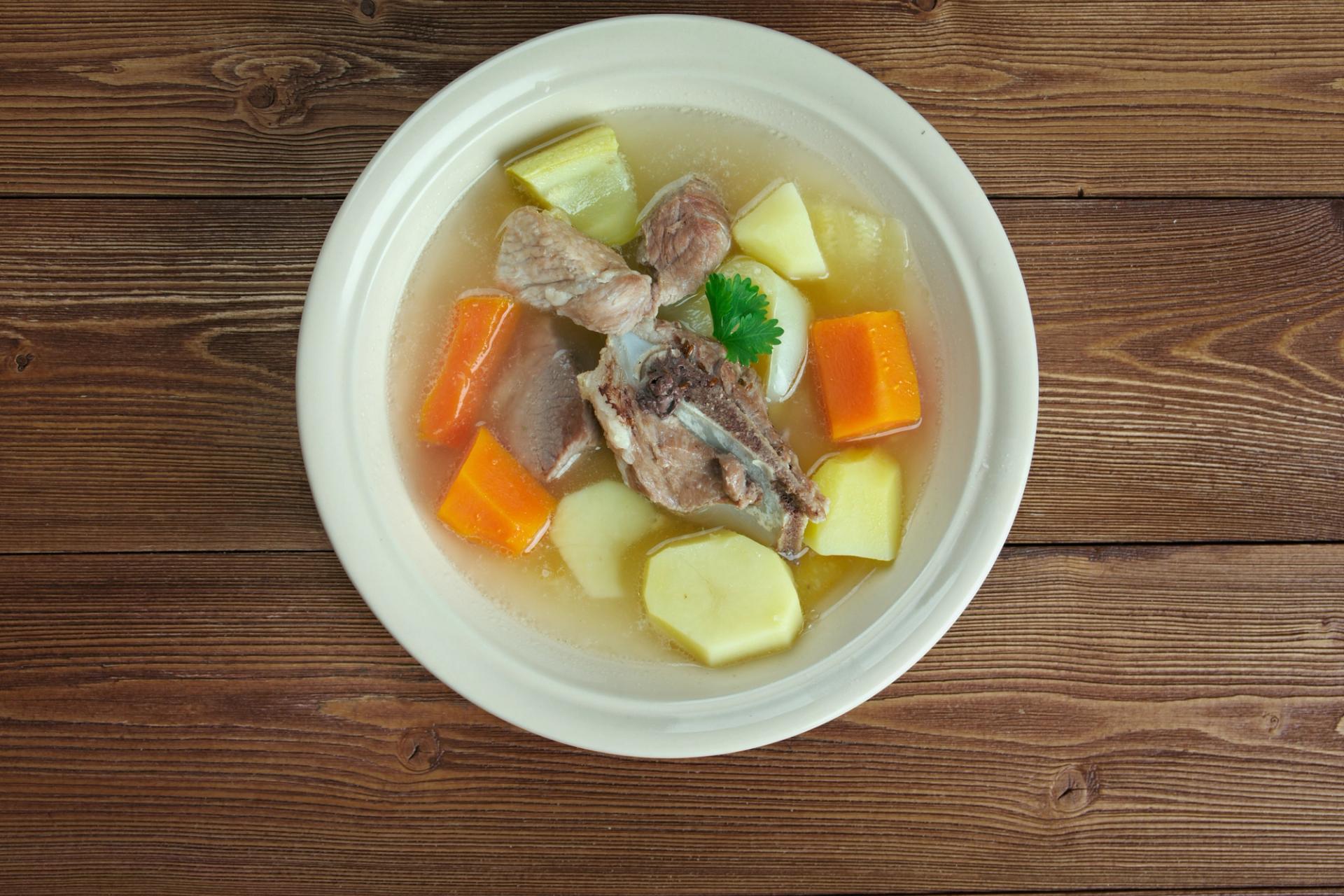
Puffin
Since we already talked about the fermented shark, it wouldn’t be fair if we left out the puffin. Which is another unusual Iceland dish. Puffins are seabirds that are normally sought after for bird watching because let’s face it, they are adorable. But due to Icelandic tradition, you can also find them on the menu in certain restaurants in the country. It most certainly has become one of the most controversial meals in Iceland. Yet Puffin is one of the national dishes in the Westman Islands. Mainly because this is where the largest puffin colony in Iceland is.
In the early days, the birds needed to be hunted due to a lack of food supply. But don’t worry, today the birds are protected in many countries, Iceland not being one of them. However, it is illegal to hunt the birds in a majority of the country, this does not include the northern part. The hunting ban is in the South Iceland, West Iceland, and East Iceland.
Most Icelanders do not eat puffin. Besides the personal opinion of protecting the birds, they are also rumored to be too gamey and tough to eat. If you do find it on a restaurant menu, it is normally smoked for taste. This is similar to pastrami or it can be broiled, resembling liver. It is one of the most disputable dishes being served in Iceland. But, either way, at one point Puffin was a traditional Icelandic food. Mainly eaten just to survive in the olden days.
Flatbread
Get ready to try Iceland’s prominent flatbread, Flatkökur. This traditional Icelandic rye bread is a favorite among all generations of Icelanders. The making of the bread dates back to the 9th century. Back then, they even used Iceland’s moss, Cetraria islandica, to replace grain, due to the lack of resources on the island. It was baked on hot stones directly on the embers of the fire. It was later cooked on small and heavy cast iron frying pans. Finally, Icelanders began baking it at home, directly on an electric hot plate.
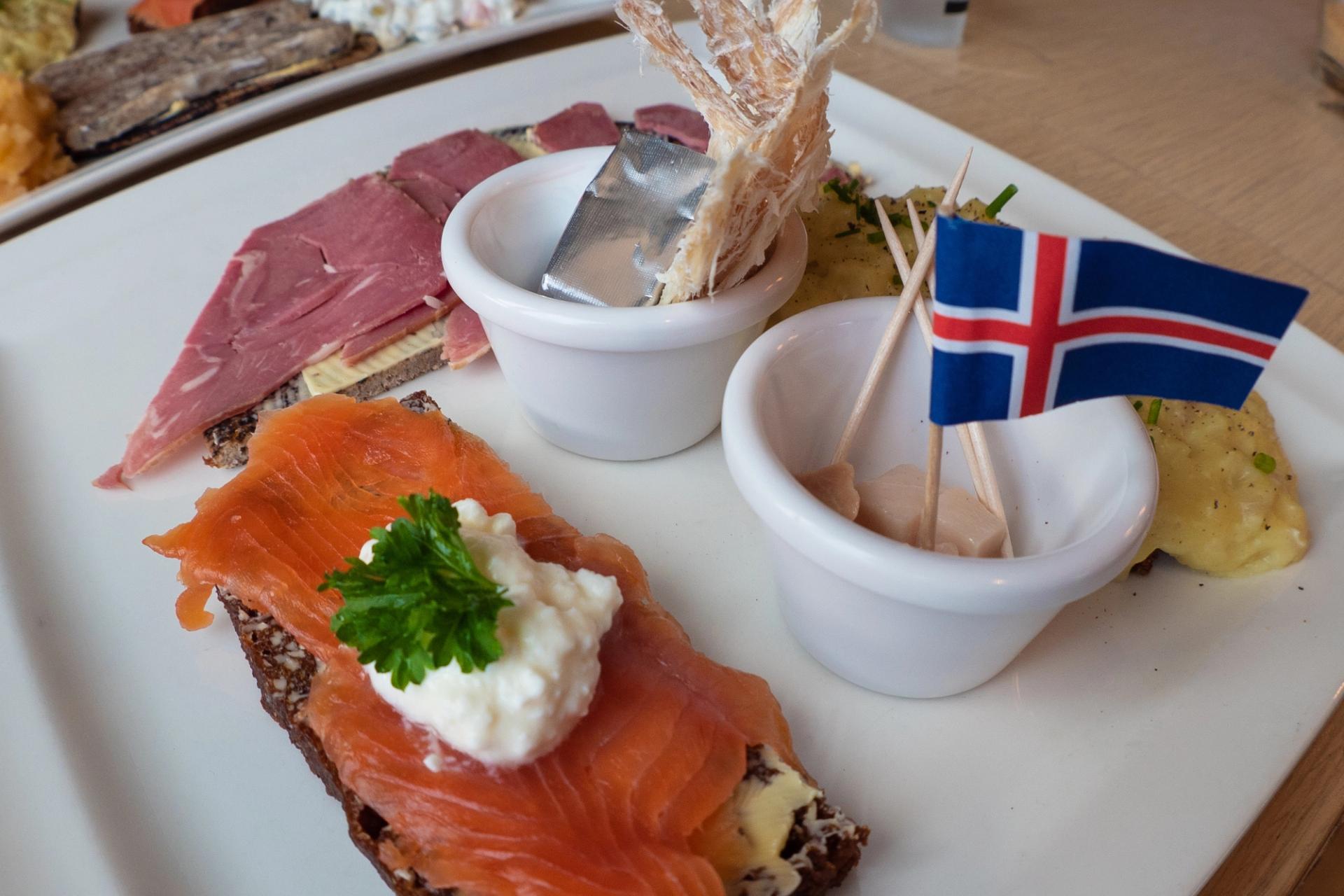
Now that we know how bread is made, let’s talk about what is in it. The bread is made from wheat, whole wheat, rye flour, baking powder, salt, and boiling water. First, you blend the flour, baking powder, and salt. Then add in the boiling water. From here you will knead the dough and cut it into ten pieces followed by making them into halves or quarters. Once you are ready, you can cook them on the stovetop. When your Flatkökur is done cooking, it is time to top them with some authentic Iceland ingredients. This includes butter or mutton pâté, with smoked salmon, also known as hangikjöt. Some cooks even put in some pickled herring. Delish!
You can find Flatkökur in stores but it will taste different than homemade ones. The latter is thick and dry due to added wheat flour. You can try some homemade rye bread at Café Loki in Reykjavik. A cozy cafe with stunning views of the cathedral.
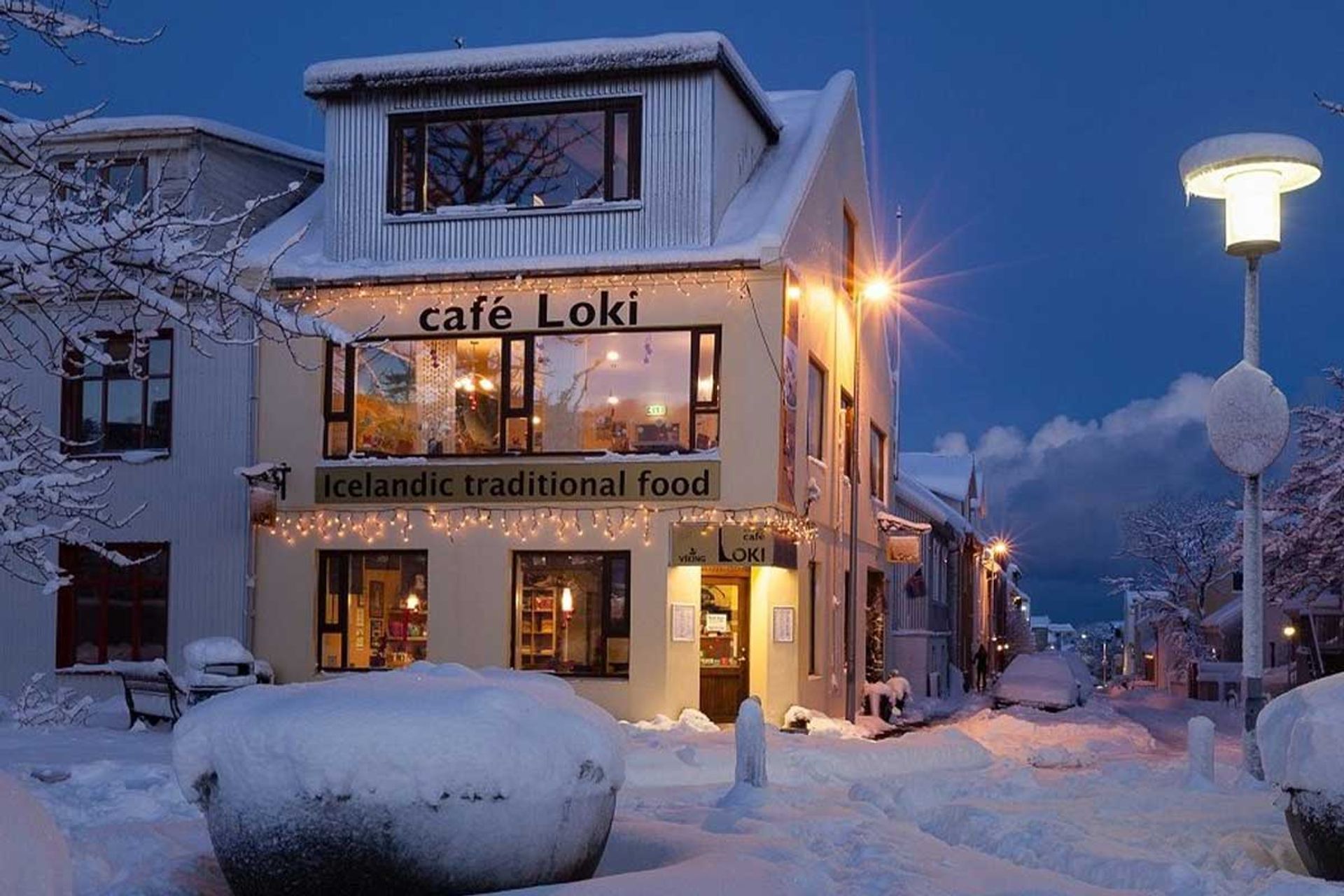
Ice Cream
Yes, Ice Cream is a fan favorite all over the world. It is creamy, and tasty and offers a variety of different flavors. So it is no wonder why people love it. Icelanders take the love to a whole other level though, loving it equally in the winter as they do in the summer. They consume ice cream as much as other countries consume coffee and tea. And honestly, we are so here for it. Let’s talk about the different kinds of ice cream Iceland offers and where to go for them.

One of Iceland's favorites is Bragðarefur! Which is similar to a McDonald's McFlurry, on steroids. Some favorite candy combinations are smashed Oreo pieces, Daim and Mars is our favorite combination. Diam a is a Swedish-Norwegian chocolate bar that is made from crunchy almond caramel covered in milk chocolate. You can get "bragðarefur" in most ice cream stores in Iceland too! So it is a must-try.
Soft serve is another great option. This is more common around the world too but it just tastes more delicious in Iceland. Ice cream in Iceland comes from either Emmessís or Kjörís. Icelanders normally gravitate to one or the other. Think of it as the same common argument of Pepsi or Coke. Kjörís is a century-old ice cream company that is located in the town of Hveragerði. They were voted “Soft Serve Ice Cream Of The Year” for 2022, so they must be doing something right. They provide soft serve, sherbert, ice cream drips and so much more. Emmes is more of an ice cream manufacturer. But they do provide yummy flavors of caramel, vanilla and so many more.
Let’s move on to the dips. You can dip your ice cream, the cones, or even both. Dipped ice cream is underrated! Iceland ice cream shops will take your ice cream cone and dip the ice cream in warm chocolate. The dip then hardens as it becomes a crispy exterior. There are normally a few different types of chocolate you can choose from. If you don’t want to dip it, make sure you top it instead. Iceland had many different ice cream toppings and candies for you to choose from. Some options are licorice, snickers, rice Krispies, nuts, and chocolates. If you want to get a little crazy, dip it and top it. The ice cream limits are endless in Iceland.
Iceland has tons of ice cream shops and you can even purchase some at the local gas stations. One of the top-rated spots is Eldur og Ís, Ice cream, and crepes. This Reykjavik ice cream shop is known for its desserts and delicious, you guessed it, ice cream. Nutella is their specialty here and you can even pair it with one of their delicious crepes. A dream location for all of you with a persistent sweet tooth.
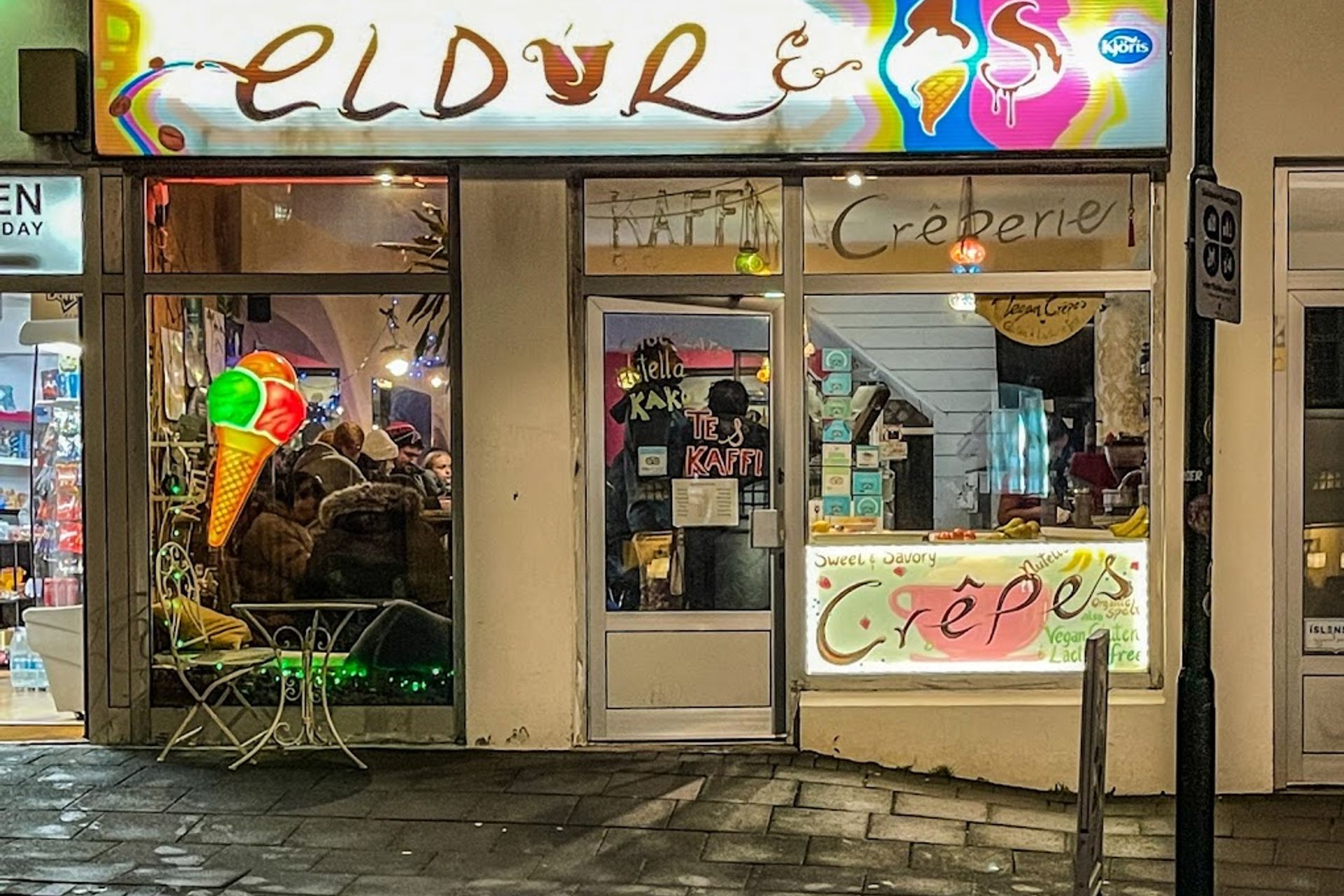
Hardfiskur
The list of Traditional Icelandic Food would not be complete without the snack of Hardfiskur, which is a dried fish. This easy and quick snack is the beef jerky of Iceland. It is filled with nutrients and protein, resembling a superfood. It also contains similar amino acids that eggs have. The type of fish used is normally haddock, cod, or wolffish, which is ocean catfish. You can even find dry Atlantic char in some parts of Iceland

How is this superfood snack made? The fish is prepared by getting a good wash and scraping. The head is then removed from the fish and it is gutted. Then it is time to season the fish by rolling it in salt and lots of it. They then fillet it, hanging it up outside on trestles. The fish may be dipped in brine before it begins drying. It needs to be done in cool and dry weather for the most optimized flavor. Then we wait. Once it is done, the fish will need to be beaten with a mallet until it becomes flaky. It is a pretty simple process compared to some other traditional Icelandic dishes. To make it even more scrumptious, spread some butter on it. Because let’s be real, butter makes great things even better!
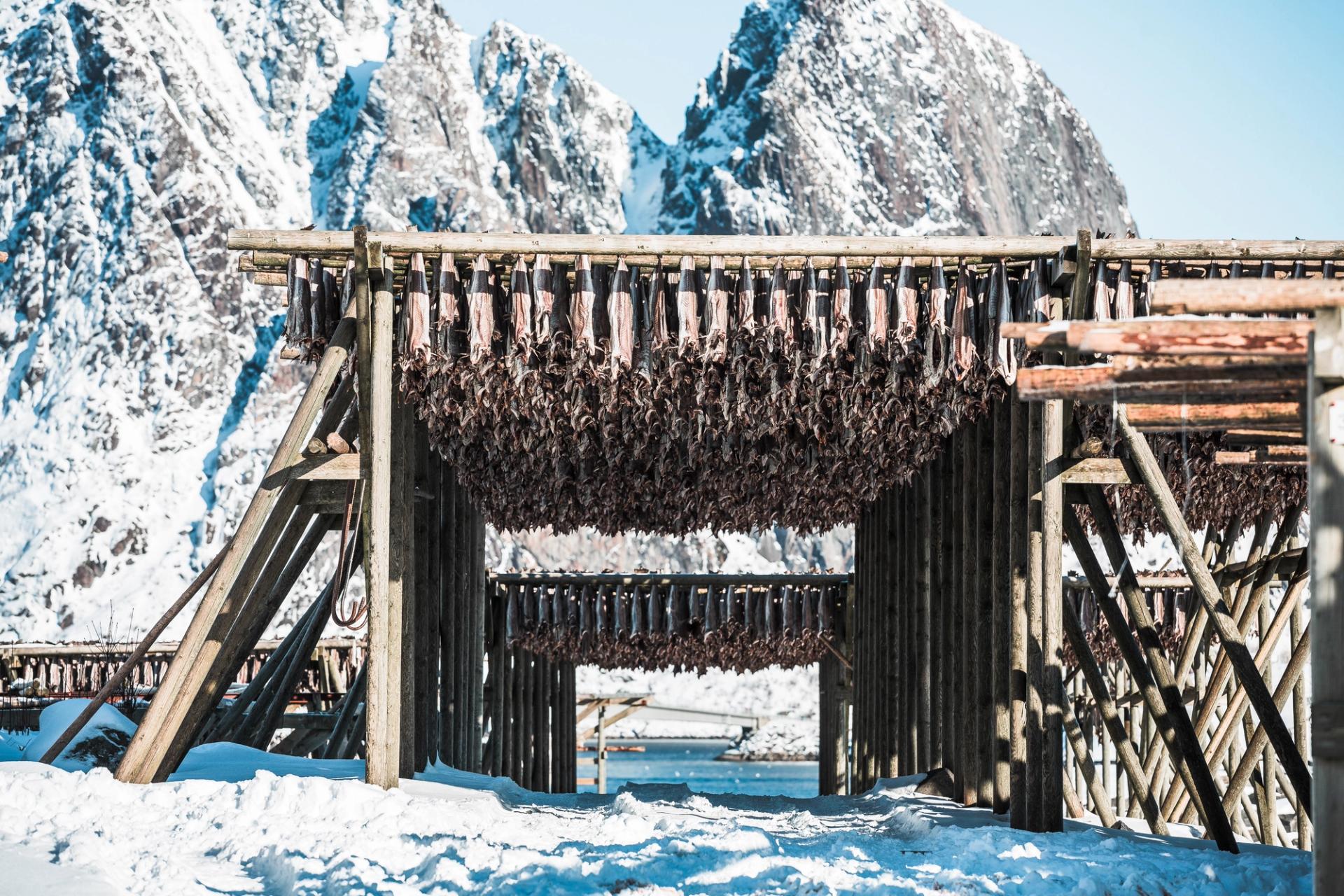
You can find this convenient snack at grocery stores and gas stations in Iceland. It is just as common as finding a bag of chips at a place in the United States or Europe. A pro tip would be, do not open this protein snack in the car during your road trip. The smell can be quite potent at first, especially in small confined places. Your fellow adventurers, most likely won’t appreciate it. Even if it is a unique and yummy snack.
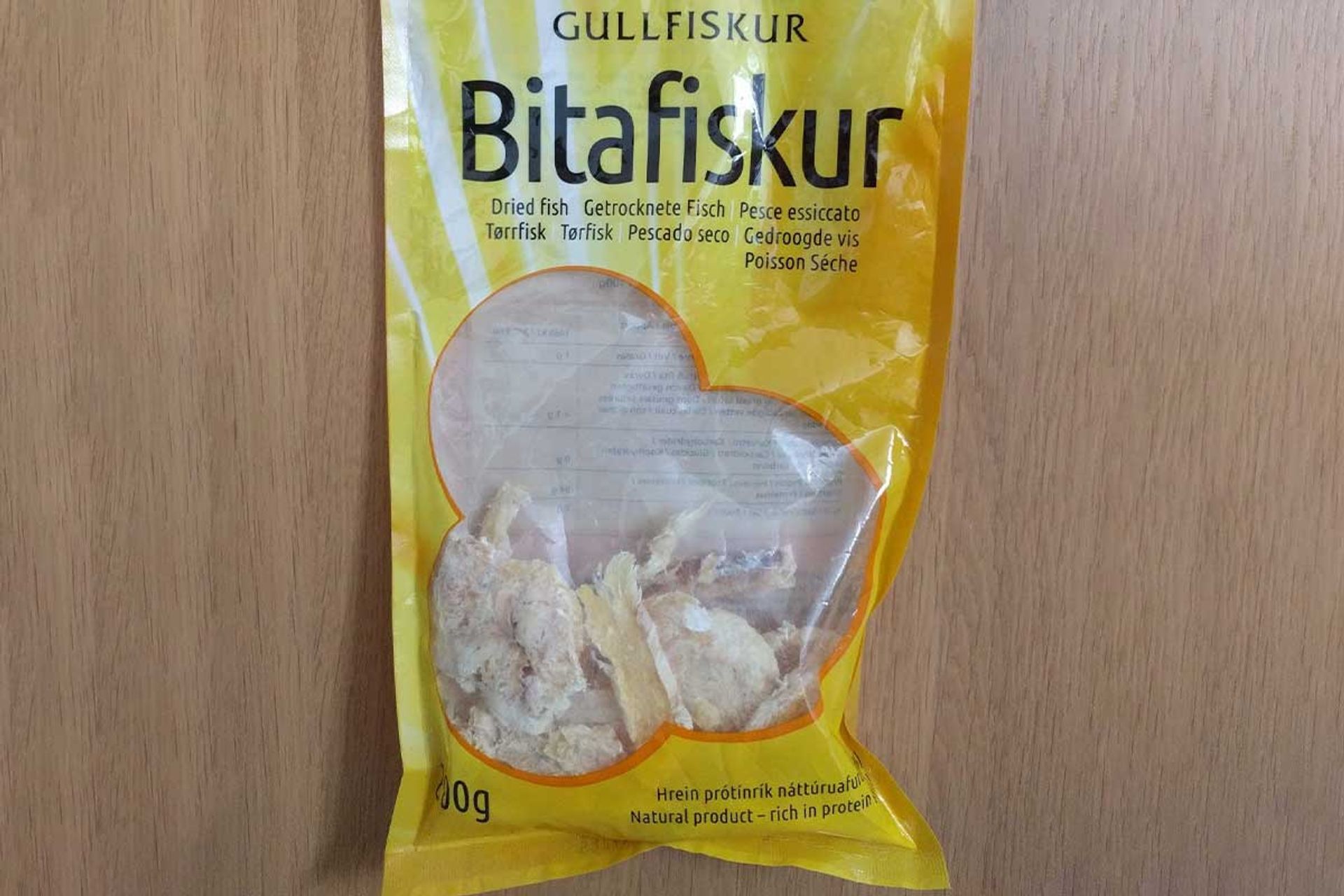
There are truly so many options for visitors to try traditional Icelandic food. Indulge in the classics or get weird with some of the specialty dishes. From hearty fish stews to lamb hot dogs, there is something for every foodie. We know that a lot of the dishes are focused on fish and meat. So Vegans may be a little apprehensive about traveling to Iceland. Don’t be! We have a list of restaurants and dishes for you on our Vegan In Iceland Blog. Come try the Iceland culinary scene for yourself. You and your tastebuds will not be disappointed.
Disclaimer: The author and Go Car Rental Iceland are not promoting any abuse of animals & mammals or illegal hunting. Everything in this article is for educational purposes as well as researched recommendations.
Latest Blog Posts
 Rental Cars
Rental CarsTop 15 Apps for Your Car Rental Adventure!
Setting off on a once-in-a-lifetime journey through Iceland is the top way to explore it. This breathtaking country is filled with National Parks, black sand beaches, endless ocean views and so much more. Many even spend weeks driving the infamous Ring Road to appreciate it in its entirety.
 Guides
GuidesWhale Watching in Iceland: A Complete Tourist Guide
Iceland is home to 23 different species of whales! These marine mammals call the surrounding Arctic waters their home. In fact, people travel from all over the world to experience whale watching in Iceland. So when is the best time to see these majestic sea creatures and where are the best places to go? This guide will tell you what types of whales you may see and the best way that you can see them! Here are our tips on whale watching in Iceland!
 Guides
GuidesA List of Must-Visit Beaches in Iceland
Calling all beach lovers! Iceland has so many sandy treasures for you to explore. There is truly something for every traveler, from striking black beaches to golden sandy shores. Iceland’s beaches are located all over the country. So you can visit one, or all of the best beaches in Iceland, by taking a road trip. From famous locations to unknown treasures, we got you covered. Enjoy a full beach day in the land of fire and ice. So what are you waiting for? Grab your beach towel and let’s hit the road!